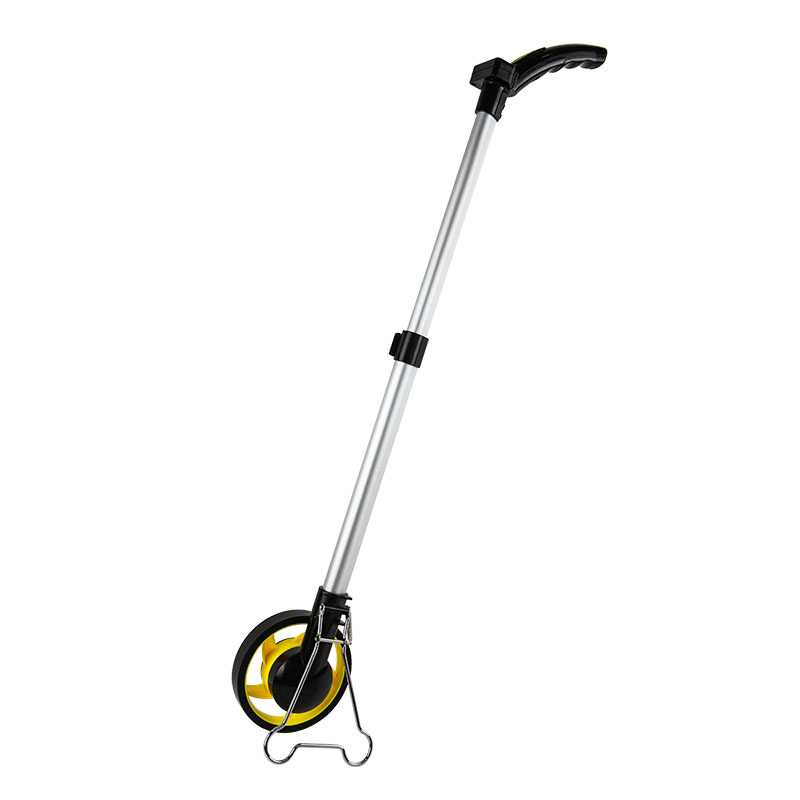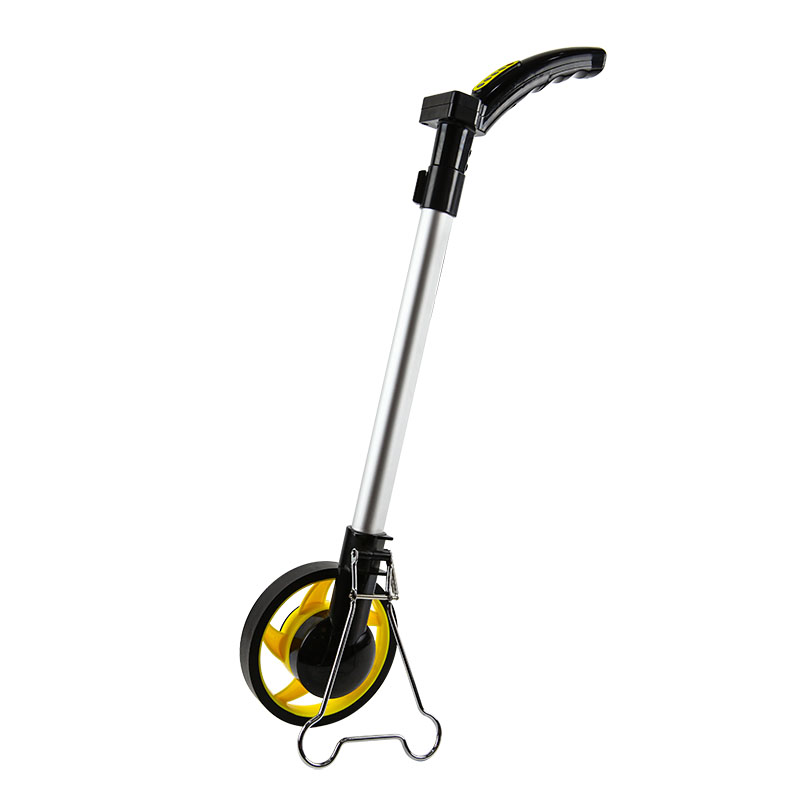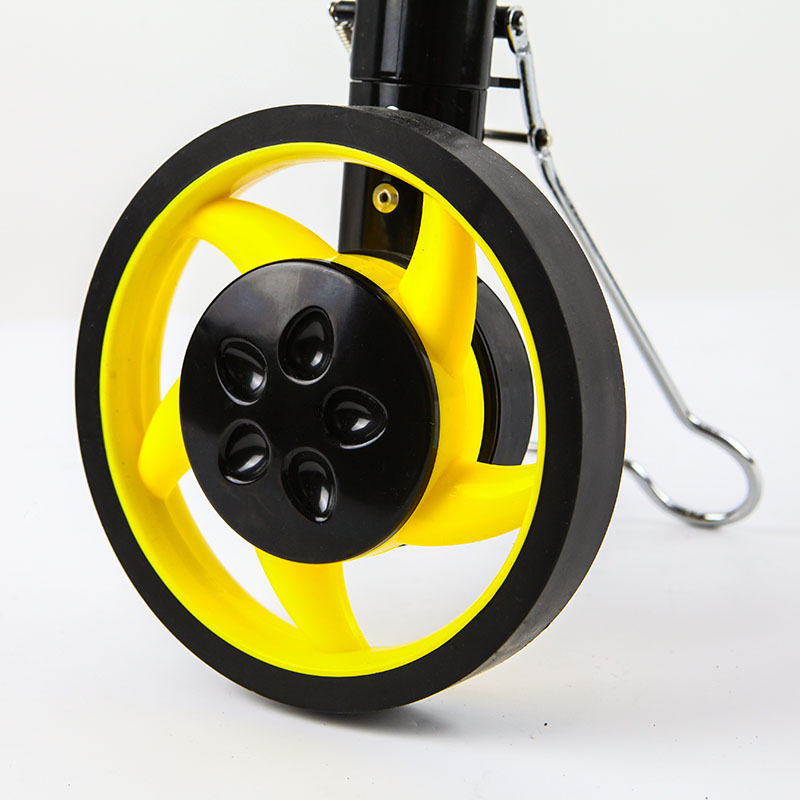The accuracy of a measuring wheel depends on several factors, including the design and quality of the wheel itself, as well as the user's skill and technique in operating it.

In general, measuring wheels are designed to provide relatively accurate measurements of distances and areas. They work by rolling along the ground and counting the number of revolutions of the wheel, which is then converted into a distance measurement based on the circumference of the wheel. The accuracy of the measurement depends on the accuracy of the wheel's circumference measurement and the ability of the wheel to roll smoothly and consistently.
The circumference of the wheel is calculated based on its diameter. If the diameter measurement is not accurate, then the distance measurement will be incorrect.
Over time, the wheel may wear down, changing its diameter and affecting the accuracy of the measurements.

The accuracy of the measurement can be affected by the surface conditions, such as uneven ground, soft soil, or obstacles in the path. These can cause the wheel to roll unevenly or bounce, leading to errors in the measurement.
The user's skill and technique in operating the measuring wheel can also affect the accuracy of the measurements. For example, if the user does not roll the wheel smoothly or consistently, or if they fail to account for obstacles in the path, then the measurement may be inaccurate.
While measuring wheels can provide relatively accurate measurements, their accuracy depends on a number of factors. It is important to select a measuring wheel that is designed for the specific application and to operate it skillfully and consistently to achieve the best results.
